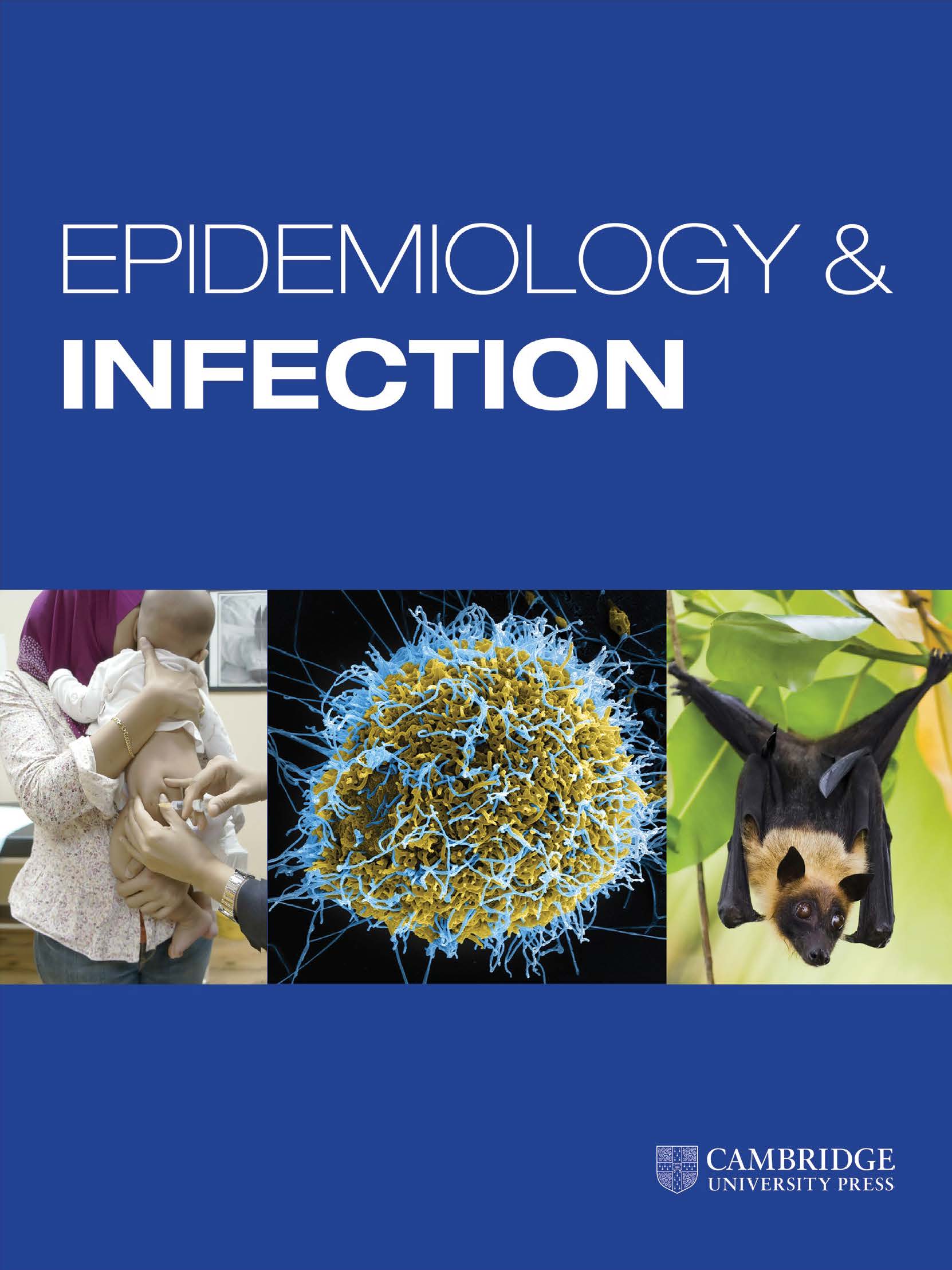Date: Wed 19 Dec 2012
From: Martin Beer Martin.Beer@fli.bund.de [edited]
Detection of Schmallenberg virus RNA in semen samples
-----------------------------------------------------
In the framework of a study co-financed by the European Union, the Friedrich-Loeffler-Institut (FLI) analyzed the semen of bulls with a known SBV-antibody status for the presence of Schmallenberg virus (SBV) genome. All samples were investigated with an optimized RNA extraction method and a real-time RT-PCR (RT-qPCR) system developed and established at the FLI.
At present, 740 semen batches from 94 SBV-infected and seroconverting/seroconverted bulls have been analyzed. 26 semen batches from 11 bulls reacted positive in the RT-qPCR analyses with Cq-values from 26 to 37. In 3 of the 11 bulls with SBV-genome positive semen samples, also 1st SBV-antibodies could be detected. In 2 bulls SBV-genome could be detected for more than 40 days in 6 or 8 consecutive semen batches, respectively. Furthermore, in one bull a pattern of PCR-positive and PCR-negative consecutive semen batches was observed within 43 days (5 batches positive / 2 batches negative / 2 batches positive / 2 batches negative / 1 batch positive). This points to intermitting virus excretion in semen. However, it is currently unclear and topic of further studies, how long after seroconversion this situation may persist.
In addition, in vitro and in vivo studies about the infectivity of the SBV-positive semen samples are ongoing.
ProMED-mail
From: Martin Beer Martin.Beer@fli.bund.de [edited]
Detection of Schmallenberg virus RNA in semen samples
-----------------------------------------------------
In the framework of a study co-financed by the European Union, the Friedrich-Loeffler-Institut (FLI) analyzed the semen of bulls with a known SBV-antibody status for the presence of Schmallenberg virus (SBV) genome. All samples were investigated with an optimized RNA extraction method and a real-time RT-PCR (RT-qPCR) system developed and established at the FLI.
At present, 740 semen batches from 94 SBV-infected and seroconverting/seroconverted bulls have been analyzed. 26 semen batches from 11 bulls reacted positive in the RT-qPCR analyses with Cq-values from 26 to 37. In 3 of the 11 bulls with SBV-genome positive semen samples, also 1st SBV-antibodies could be detected. In 2 bulls SBV-genome could be detected for more than 40 days in 6 or 8 consecutive semen batches, respectively. Furthermore, in one bull a pattern of PCR-positive and PCR-negative consecutive semen batches was observed within 43 days (5 batches positive / 2 batches negative / 2 batches positive / 2 batches negative / 1 batch positive). This points to intermitting virus excretion in semen. However, it is currently unclear and topic of further studies, how long after seroconversion this situation may persist.
In addition, in vitro and in vivo studies about the infectivity of the SBV-positive semen samples are ongoing.
ProMED-mail



Comment